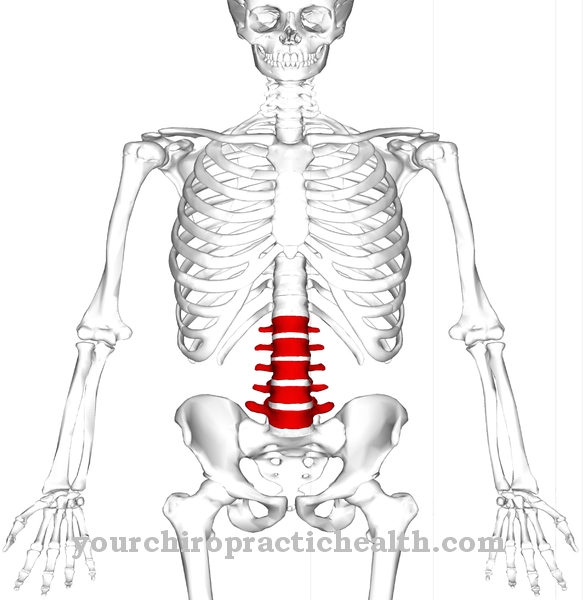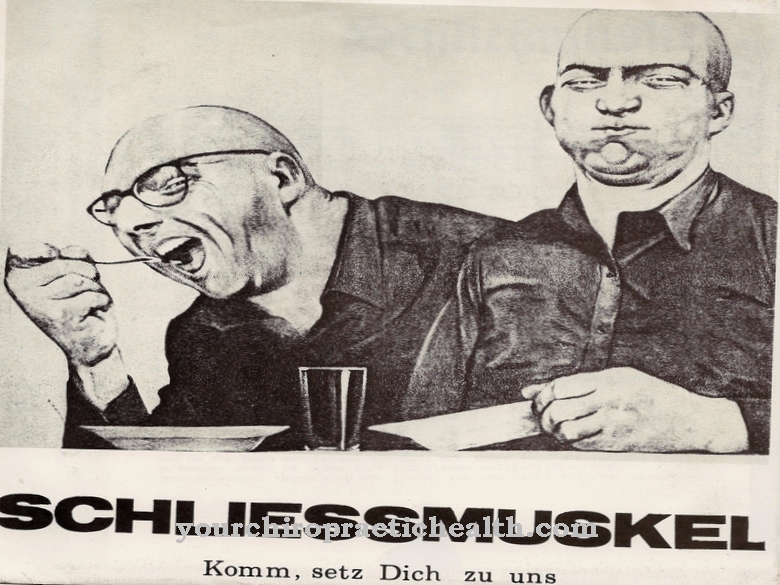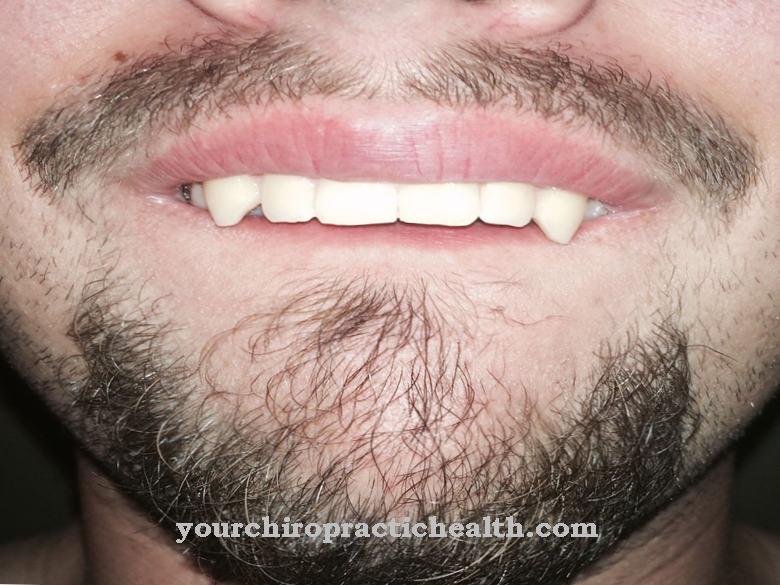Of the neck repeatedly causes pain when turning the head and restricts mobility. As a rule, we then actually seem to have something in the form of stress "on our neck" - including tension, hardening, headaches and the like. The good news: Such complaints are usually harmless.
What is the neck

The back of the neck is considered the neck. He is responsible for the mobility of the head and upper body. The cervical spine and neck muscles are among its most important structures.
A “stiff neck”, “caught up”, “made a wrong move” or “received too much tension” - many people think of these triggers first when they feel tension in the neck. Orthopedic symptoms such as cervical spine syndrome and tension headache are at the top of the list when it comes to neck disorders. Neck tension can be relieved - for example through sports exercises that strengthen the neck and back.
In the case of recurring or long-lasting neck pain, further research into the cause is recommended. Not infrequently, complaints in the neck area are the result of bad everyday habits. This includes bad posture as well as emotional causes, bad sitting position at work as well as too little sleep. Living healthier everyday life can be key in battling pain in the neck area. Above all, this includes reducing stress - both privately and professionally.
Anatomy & structure
Anatomically, the neck comprises - in addition to the cervical spine and the poll - various muscles and receptors. The muscles in the neck area are divided into two groups - the front and the rear group.
The neck gets its bony stability from seven cervical vertebrae. In principle, there is one intervertebral disc between each of the adjacent cervical vertebrae. The only exception: there is no intervertebral disc between the first and second cervical vertebrae. The second cervical vertebral body has a special feature - it has a thorn (dens axis). The latter, together with the first cervical vertebra, resembles a hinge and thus enables an articulated connection.
The cervical spine in the neck has - in contrast to the thoracic and lumbar spine - additional joints (uncovertebral joints). These serve to strengthen the cervical spine in particularly stressed areas. The muscles of the neck are characterized by their complex structure.
The latter - combined with limited space - is also to be regarded as a major cause of disorders with a wide variety of symptoms. Headache, ringing in the ears, dizziness, neck pain and pain in the shoulders and arms can be caused by the neck and cervical spine.
Function & tasks
The functions of the neck muscles, which are located on both the right and left sides of the vertebral bodies, are very complex. Holding the vertebral bodies and allowing the head and neck to move are some of the basic functions of the muscles in the neck area.
No matter whether tilting movements in the front direction, sideways movements or leaning back of the head towards the neck - the primary function of the neck muscles is to lift the head. The movements of the head result from the interaction of the various muscles.
From a health point of view - also for targeted neck training - the area of the trapezius muscle is particularly important. This is responsible for raising the shoulders as well as for lowering them when the load is greater. The trapezius muscle, also called the cap or hood muscle, is located in the neck and upper back area.
The upper area of this muscle - together with other muscles - is responsible for lifting the shoulders, while the middle area enables the shoulder blades to be brought together towards the spine. And the lower part essentially ensures that the shoulder girdle is pulled down.
You can find your medication here
➔ Medicines for back painIllnesses & ailments
When the neck causes discomfort, the diagnosis “stiff neck” is often the focus. It is about muscular tension. The entire neck and shoulder area not only feels hard, but also painful on pressure.
Problems when parking, for example, are typical: turning around when parking is difficult, is hardly possible anymore. The pain can set in overnight or it can gradually increase over a longer period of time.
Whatever the case, the symptoms are usually unpleasant because they are often associated with a major limitation in mobility. Anyone who tries to ignore this pain or who has already got used to it must expect that the muscular tension will lead to poor posture and incorrect strain on the neck. A misalignment in the neck that is not corrected can lead to kyphotic poor posture and ultimately trigger herniated discs. Herniated discs in the neck area are among the second most common in the spinal complex.
Osteoporosis is also considered to be a trigger for neck pain: In this case, the density of the vertebrae in the cervical spine is reduced.The so-called whiplash of the cervical spine also causes pain. In the case of the ailment triggered in particular by a rear-end collision - in addition to overstretching the neck muscles in the front area - the focus is on the strong overstretching of the neck muscles.
Bony injuries in the neck are comparatively rare - but their consequences are all the more serious: The spinal cord and the delicate bone structures of the cervical spine form a unit. Spinal cord injuries from bone splinters can lead to paraplegia.
But in the end, today's professional world with its computer workstations and corresponding continuous and grueling movements leads to fatigue injuries in the neck area (repetitive strain injuries, also known as secretaries' sickness). Once again, the boss seems to have been sitting "on our necks".



























